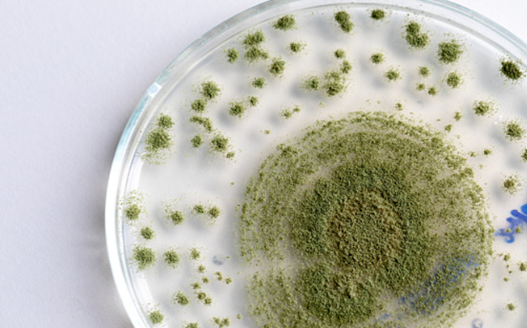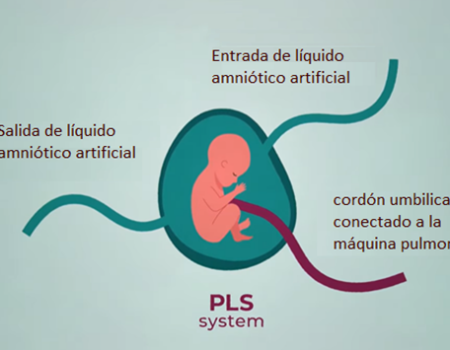
Syntetic Biology and Tissue Engineering Laboratory
Bioengineering and Chemical Engineering Department
It is increasingly common to hear cases of antibiotic-resistant bacteria in hospitals, with fewer and fewer antibiotics available to fight them. The solution to this new and worrying reality could not only be in the development of new antibiotics, but in using bacteria to fight other bacteria.
This is the proposal of the scientists of the Centre for Genomic Regulation and Pulmobiotics, who in the face of antibiotic resistance generated by the bacterium P. aeruginosa, which causes inter-hospital lung infections, decided to genetically modify the bacterium Mycoplasma pneumoniae that causes similar conditions, removing its ability to cause disease; and program it to attack P. aeruginosa.

P. aeruginosa is a bacterium naturally resistant to antibiotics for its ability to create biofilms, which adhere to the surfaces of the host’s body forming impenetrable structures unable to be affected by antibiotics. These biofilms can grow on the surfaces of endotracheal tubes used in patients with mechanical ventilator assistance, causing pneumonia associated with ventilator use.
Scientists used synthetic biology techniques in M. pneumoniae to give it the ability to produce various molecules capable of dissolving biofilms: an example of these molecules is piocin, which are natural toxins that inhibit the growth of bacterial strains of Pseudomonas.
This bioengineered bacterium, which was renamed by its creators as “living medicine” or living medicine, is a candidate to be treated for infections caused by mechanical ventilation assistance. The group of researchers led by Dr. Luis Serrano, a specialist in synthetic biology, is conducting trials to administer it using nebulizers.
No doubt this study opens the doors for researchers to create new strains of bacteria capable of attacking other respiratory diseases, including lung cancer and asthma. The goal is ambitious: to revolutionize current technology by modifying the characteristics of bacteria to release their full potential, and thereby contribute significantly to the treatment of various diseases.
Bibliography:
Rocco Mazzolini, Irene Rodríguez-Arce, Laia Fernández-Barat, Carlos Piñero-Lambea, Victoria Garrido, Agustín Rebollada-Merino, Anna Motos, Antoni Torres, Maria Jesús Grilló, Luis Serrano, Maria Lluch-Senar. Engineered live bacteria suppress Pseudomonas aeruginosa infection in mouse lung and dissolve endotracheal-tube biofilms. Nature Biotechnology, 2023; DOI: 10.1038/s41587-022-01584-9




